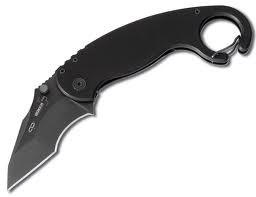There are many rituals similar to mandi minyak in many parts of the world and the theory of ritual heat has developed to account for this type of “supernatural” or shamanic performance.
In the art of Silat,one must posses a Pure heart and confidence when taking part in any spiritual ceremony. This include Silat Seni Gayong.
The 'mandi minyak' (literally 'oil-bath') ceremony does not make one immortal, but it is believed that the hot oil actually contain medicinal value. The grated coconut were squeezed to get the coconut milk, which when then heated under open fire and stirred non-stop will become coconut oil. Throughout the whole process, the person must recite the religuous verses surah Al-Fatehah and Surah Al-Ikhlas non-stop. It is expected that the person performing this activity to do it with the utmost sincerity, concentration, and patience.
Normally the whole process would take one whole day.As the whole process is very tedious and takes a very long time,one must have a pure heart and high level of patience while undergoing the whole process.
Before inserting the hand in the wok filled with hot boiling oil, one must recite a few verses form the Quran and pray that the boiling oil could make him healthy and heal pains that he received while training, GOD WILLING.
This ceremony is best done at least once a year. The more often the better to treat the aches and pains accumulated during training.
As a people of faith we believe that it is GOD's will to grant our request. Patience is required for us to gain the rewards of our hard work to obtain what is good. And when granted, we must show our gratitude in prayer and supplication.
"No man is mighty in this world except with graces from the highest and Almighty."

















